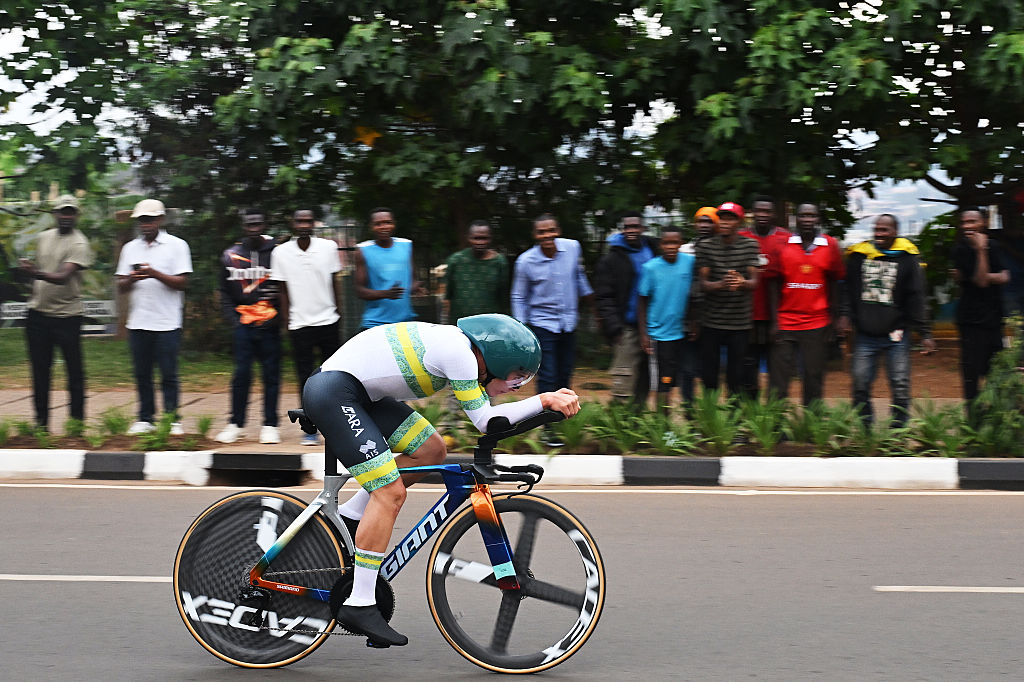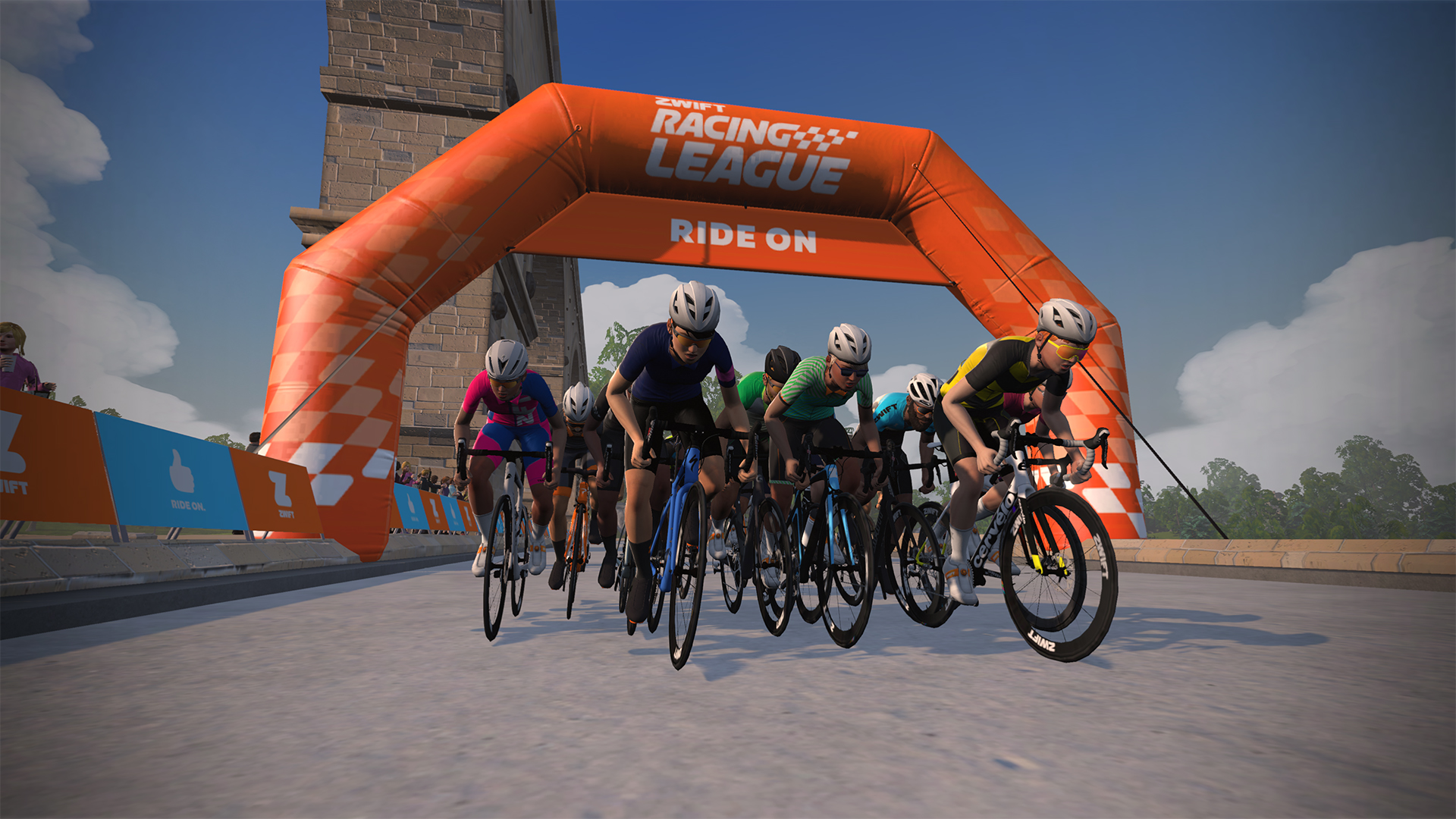
Through the years, Zwift has established itself as the brand to beat in the indoor training space. The combination of competitive opportunities for those at all levels, community interactions, training, and free riding seems to have found the right balance for a lot of people. It doesn't hurt that there's also a certain amount of game design baked in. Whatever the reason though, Zwift is certainly the brand a lot of other companies are looking to take users from.
Given that every brand is only as good as its latest products, Zwift has to always be innovating. To try and balance that need for innovation with available resources, what we've seen Zwift adopt over the last few years is a seasonal model. Those who are also gamers might recognize this strategy as a feature of many modern games. In this case though Zwift is also marrying the strategy to both cycling seasons and the reality of weather in the northern hemisphere. That means, for better or worse, as the summer winds down, Zwift season is ramping up.
As we look into what the 2023/2024 Zwift season looks like, one of the defining characteristics is the loss of the eSports world championships. Zwift likely isn't looking to focus on that detail specifically but it provides a touch point in the evolution of the brand. As usership exploded during COVID, Zwift was able to point to the validation of a UCI sanctioned shot at a rainbow jersey. As we move into this next season, that's a loss that means the brand has to pivot. What comes next for Zwift?
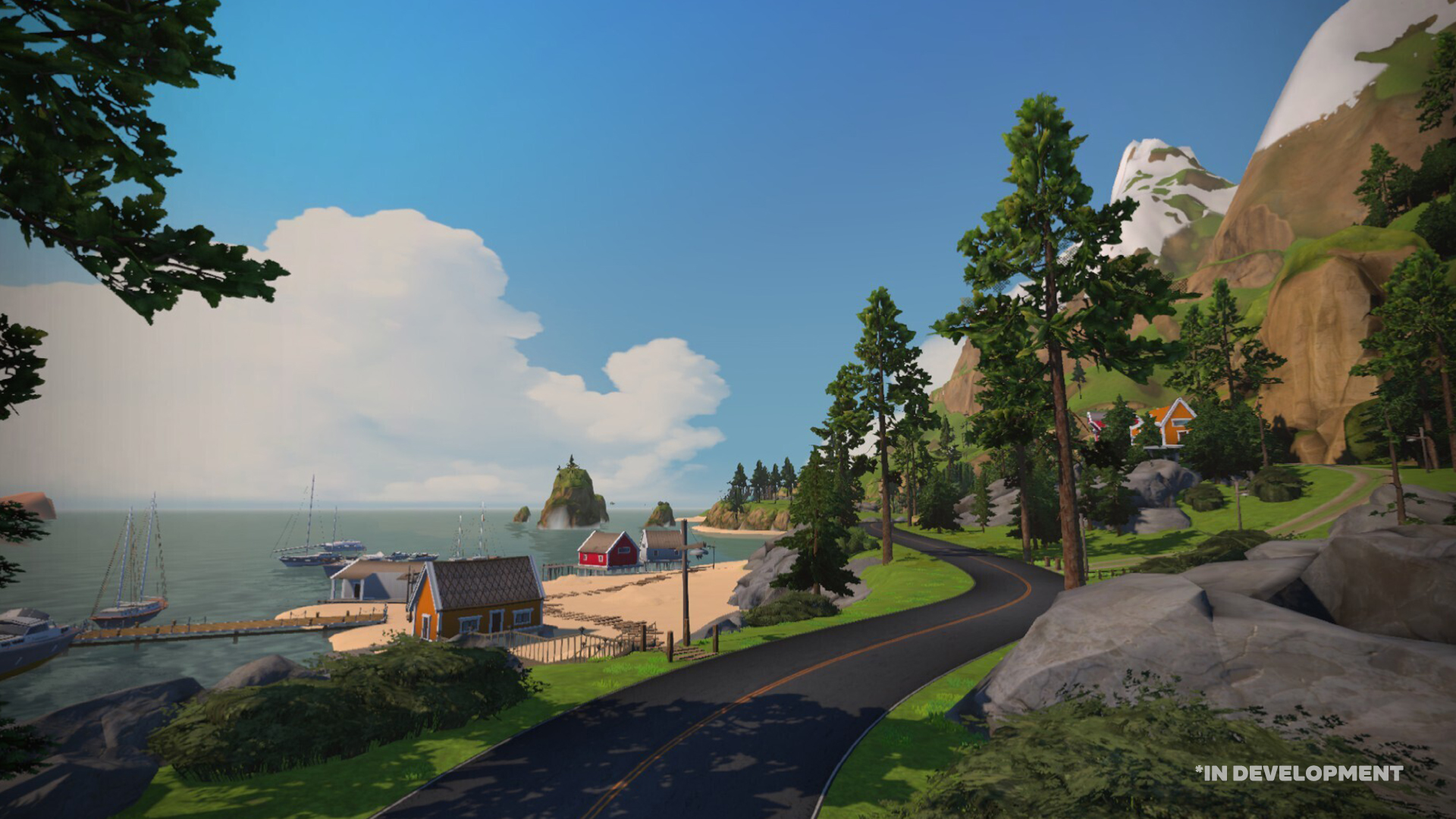
Explore more
For many riders on Zwift, it's not the racing or training that makes Zwift sticky. Just like summer riding, there's a healthy contingent who just want to ride a bike and Zwift has turned that into an important part of the puzzle. It might be too cold and miserable to ride outside but if you just want to ride a bike, you can turn to the virtual world that Zwift has created over the years.
Watopia isn't a real place on a map but it behaves like one. There are flats and there are hills and as you look out from a vantage point at the top of a rise, you can see the landscape around you. As you ride, it's real and there are actual kilometres, or miles, between where you are and what you can see. Unlike the real world though, Zwift can expand. This year the brand is bringing you another expansion.
This October, Watopia will have a new road. As always there will be small details to distract while riding but in this case the biggest benefit to players roots itself in a very real world need. Previously Fuego Flats, introduced in 2019, was one of the few areas where you could enjoy long flat roads. As the 15km / 9 miles came to an end you'd find yourself funnelling back into the mountains to make the connection to the 2017 Jungle Circuit.
This year will add another eight routes and a flat connection around the coast to connect with the Jungle Circuit from the south. It not only adds new badges to chase, and new race locations, but it gives new opportunities for those times when you'd rather not climb and expands Watopia to roughly 150km of unique road.
The latest race content, interviews, features, reviews and expert buying guides, direct to your inbox!
Zwift is also launching the latest Tour of Watopia alongside the new roads. As in the past, Tour of Watopia means a new reason to explore the roads within Zwift and with double XP, an excellent way to level up fast for new rewards. This time around you can not only take advantage of scheduled events but the entire event will also be available entirely on-demand. That means you'll have options to ride solo, during a workout, or in a group. It's worth a reminder though that if you like to race, the group rides are some of the best race opportunities even though they aren't races. Registration will open September 25 and the new roads will be available during stage 5.
If you can't wait for either of those reasons to explore, Zwift appears to be looking to absolutely pack the end-of-summer calendar. Before the Tour of Watopia, or new roads, this September will be the beginning of a themed monthly ride series starting with Pretzelfest. This Oktoberfest-themed event is really just yet another new reason to explore old roads with the Pretzel routes taking the spotlight. While many games are moving away from the fear-of-missing-out as a hook, Zwift is leaning into the strategy. Put in the time and you'll unlock a Lederhosen kit only available during the event.
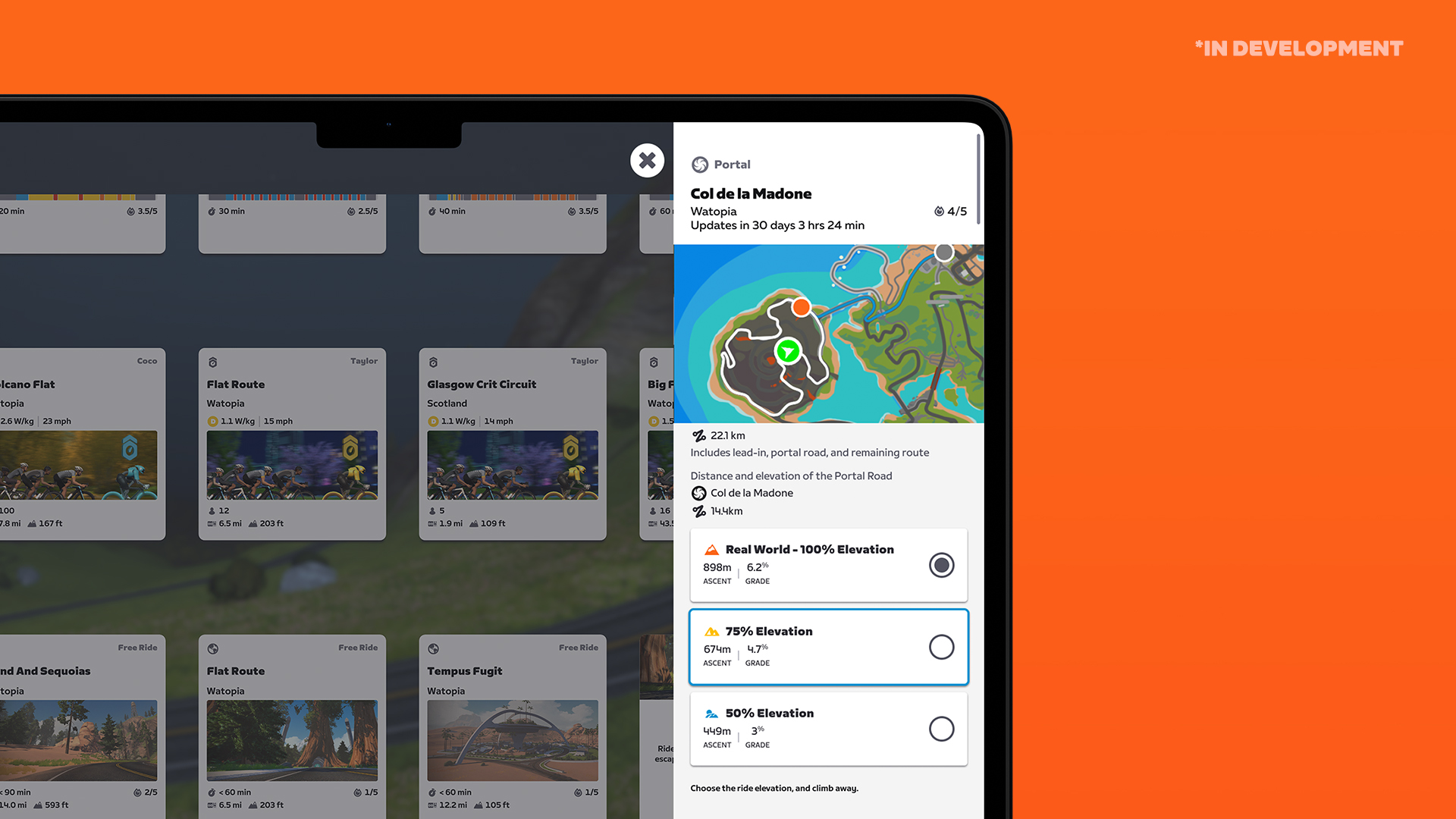
Climb more
For some, exploring more doesn't mean riding new roads, or old roads, across a virtual landscape. This July Zwift introduced an opportunity to get right to the climb. The Climb Portal is bereft of real world details in an effort to make it easy to swap in new, real-world, climbs regularly and it's been a success. Currently there is one climb available each day and Zwift reports that Côte de Domancy was the most popular.
Starting in October, anyone who loves to climb will have two options per day. While there are already two climb portals, they currently feature the same climb. The change will mean a rotating climb available via one of the portals and a “Climb of the Month” available in the other portal. Choose the “Climb of the Month” option and you'll be in competition for the shortest time to summit.
If that mention of racing up a climb sounds overwhelming, Zwift is bringing further changes as a way to include more users. A new feature called Climb Portal Scaling will keep everyone riding the climb on the same route, as before, but will add options for scaling the difficulty to 50/75/100%. You can think of this like virtual gearing giving you climbing gear while still keeping the same shape of the climb. On-screen indicators will mark what scale other riders are using and each scale will have its own leaderboard. When these changes roll out you'll have the option to race the best in the world up iconic climbs or ride at a pace and difficulty that works for you.
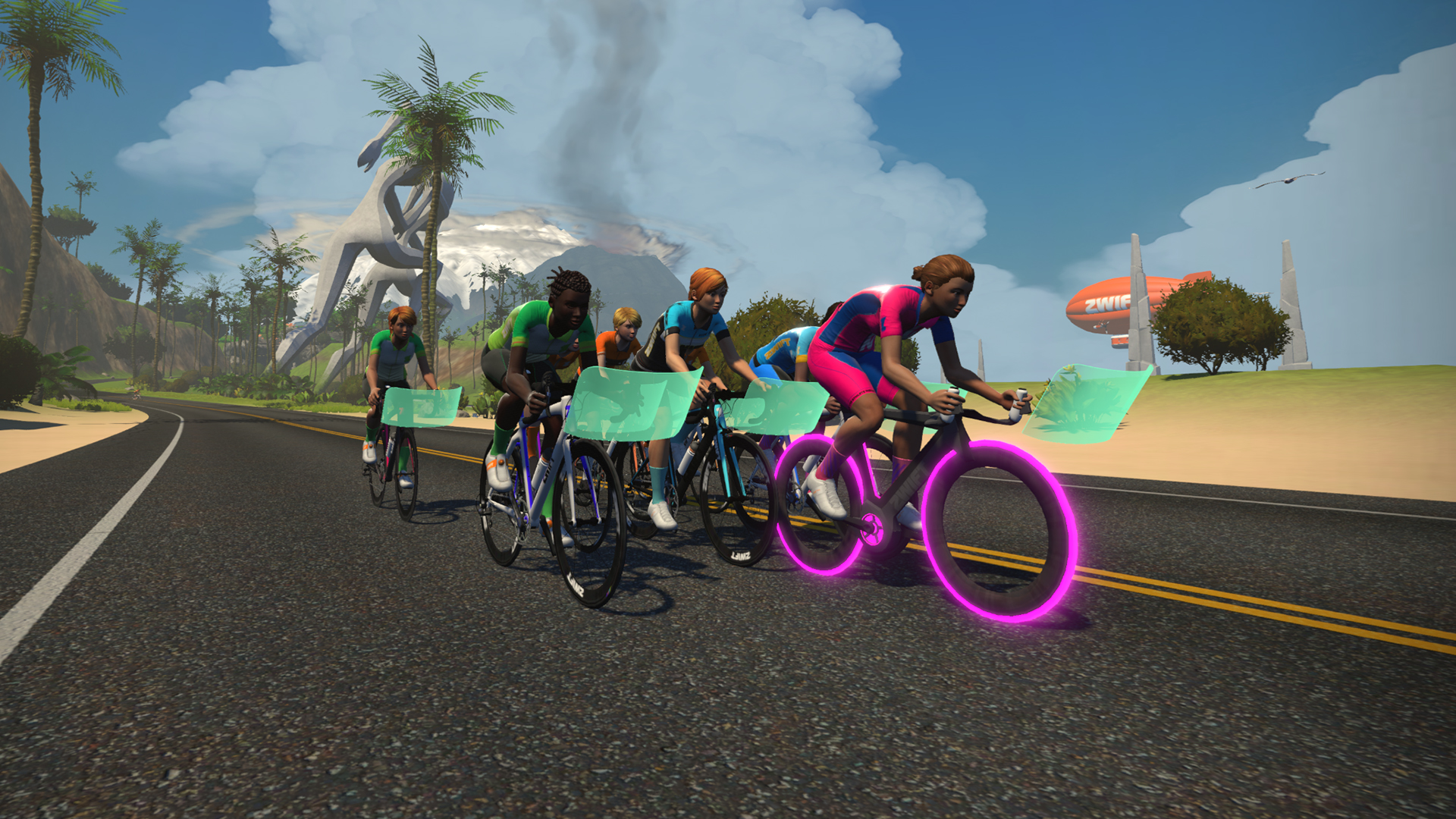
Train more
Zwift has long had excellent training options. If you choose to do your intervals in a virtual world, you can visually see the beginning and end of each interval as an archway on the road ahead. What you've never been able to see before was the workouts available. That finally changes this November when Zwift will bring the workouts and workout collections to the Zwift companion app. Once the update is live you will be able to browse your options from your phone with training zones displayed. This means one less barrier to adding new training to your schedule.
Another barrier that Zwift is looking to alleviate is that of community for all people, and specifically women. Starting September 12th there will be a new community for women only that utilises the existing club infrastructure. That means a supportive club chat where members can ask questions and receive answers. It also means structured workout opportunities starting with a program designed by 3x Olympic Gold Medalist, and mother, Kristin Armstrong.
This year will also see Zwift Academy make a comeback. As in the past, there is ultimately a pro contract with the Canyon-SRAM or Alpecin-Deceuninck development team on the line for the top-performing female and male athletes but there's plenty for everyone else as well. At its core, Zwift Academy is an opportunity to train like a pro with a community of like minded athletes. Finishing will require completing six workouts developed by the coaches at Dig Deep Coaching as well as two races. Stick with it though and you'll finish with bragging rights, improved fitness, a Zwift academy paint job for your in-game Canyon Aeroad, and a Zwift Academy in-game kit.
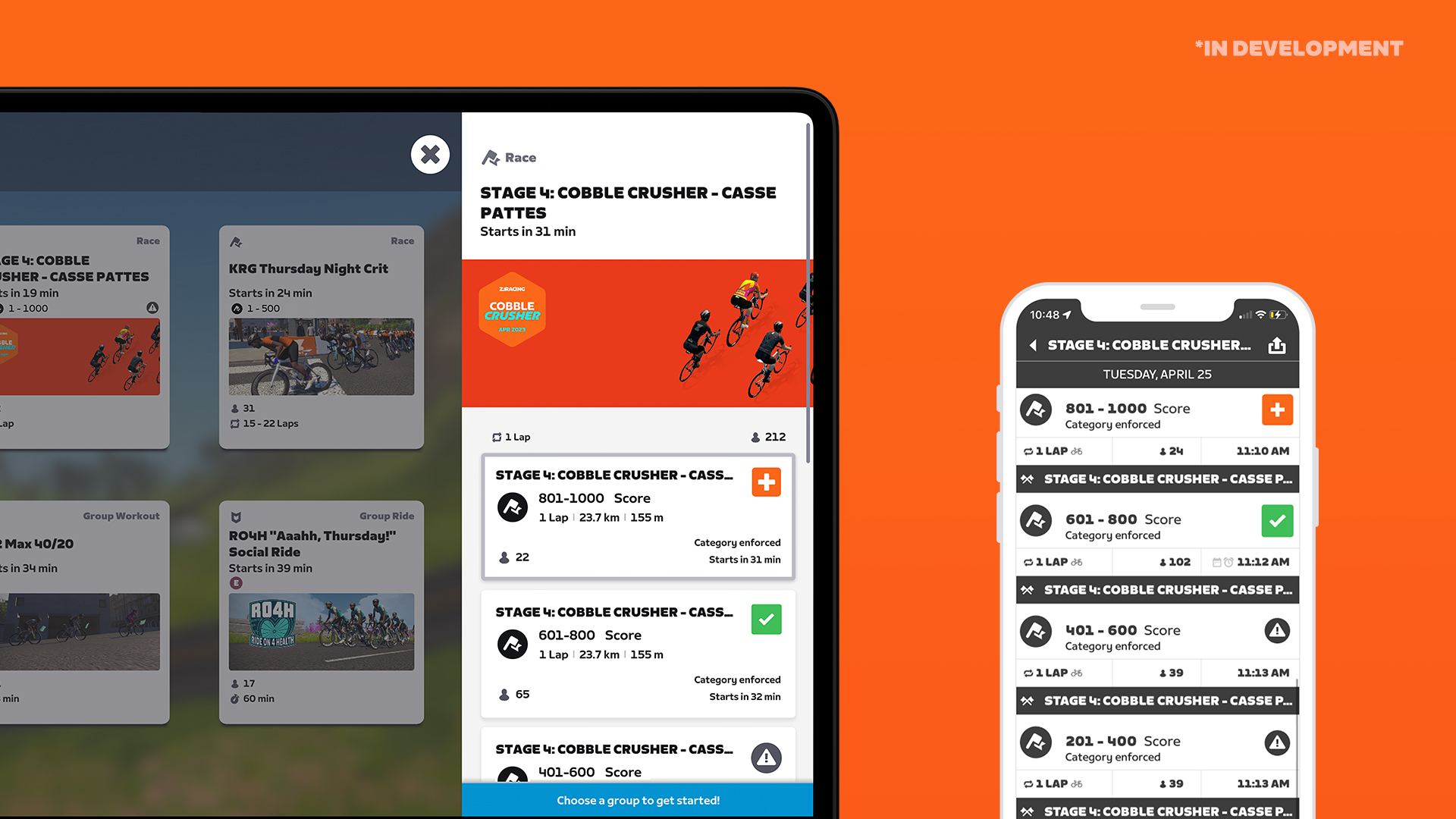
Compete more
While Zwift may have had to pivot away from elite racing, competition continues to be an important part of the overall platform. There are currently 1,200 races per week organised by 500+ organisers and 30% of the subscriber base raced last winter. For those that do race, over half line up on the virtual line at least twice a month.
Part of those ever expanding numbers come from the success of the Z-Racing experience introduced last season. This monthly series features a series of weekly races all offering points towards the monthly total. Through the seven days each race is available, there are multiple slots a day and the format will be back this season as well.
For those looking to put together a team and participate in a longer series, Zwift Racing League is set to make a comeback as well. The new season of ZRL kicked off on September 12 and sign ups are on track to reach a new peak of 2,000 teams registered. If this is the first you've heard of ZRL, consider it like your local club race series but you don't have to leave your house. The competition is intense and you'll need a team to participate. Unlike that local club race though, you can use something from the best headphones for cycling and ride with your teammates in your ear. There are even group time trials and nothing says you can't have a team manager in your ear calling out the rotation.
Veteran Zwift racers reading through this list might feel like there's no major changes. There's one more thing though and it's big. Although there will be a slow rollout, this season Zwift is starting an implementation of a new race categorization system.
In the past, Zwift racing has always depended on 20-minute power as a way of grouping similar racers. In the past that has meant that it can take some time for new racers to understand what category they should be in. An FTP test, for those who want to start in the right category, has been a barrier to even starting to race. Even once a racer finds the correct category this is sometimes a frustration as Zwift races aren't won with a 20-minute power profile. It also ignores that some racers have tactical skills that outpace the power those racers can put out. Very simply stated, it's a crude way of categorising riders and it seems as if Zwift now recognizes the deficiencies.
Starting in late November, a new system should begin to roll out. As much as the old system might be crude, it's also the only thing Zwift has ever known. That means the brand is being cautious and initially a new metric called Zwift Racing Score will not be an outright replacement for Pace Group (A-D) categories. For the foreseeable future, competitive events will be both scored or unscored depending on settings chosen. Scored events will use Racing Score for category sign up while non-scored events will continue to use Pace Group (A-D) categories.
In terms of the Racing Score itself, the metric will see an update after every race. Critical power will play a part but it will no longer be the full picture. Instead, finish position and field strength will see consideration and the more you race the more accurate it will be. There's no way to manipulate the score by riding easy during a race and, as use expands, it will simplify finding the right event for you.
Just as Zwift is looking to remove training barriers, the brand is also looking to remove racing barriers. In this case that barrier is complexity. It starts with the complexity of finding the right race and category for you and part of that is the Racing Score. At the other end of that though is a simplified version of the results screen, already available, and results are coming to the web page and the companion app. Veteran racers might recognize that these changes would appear to make Zwift Power an unnecessary redundancy, and complexity, as well however for now, it's not going anywhere.
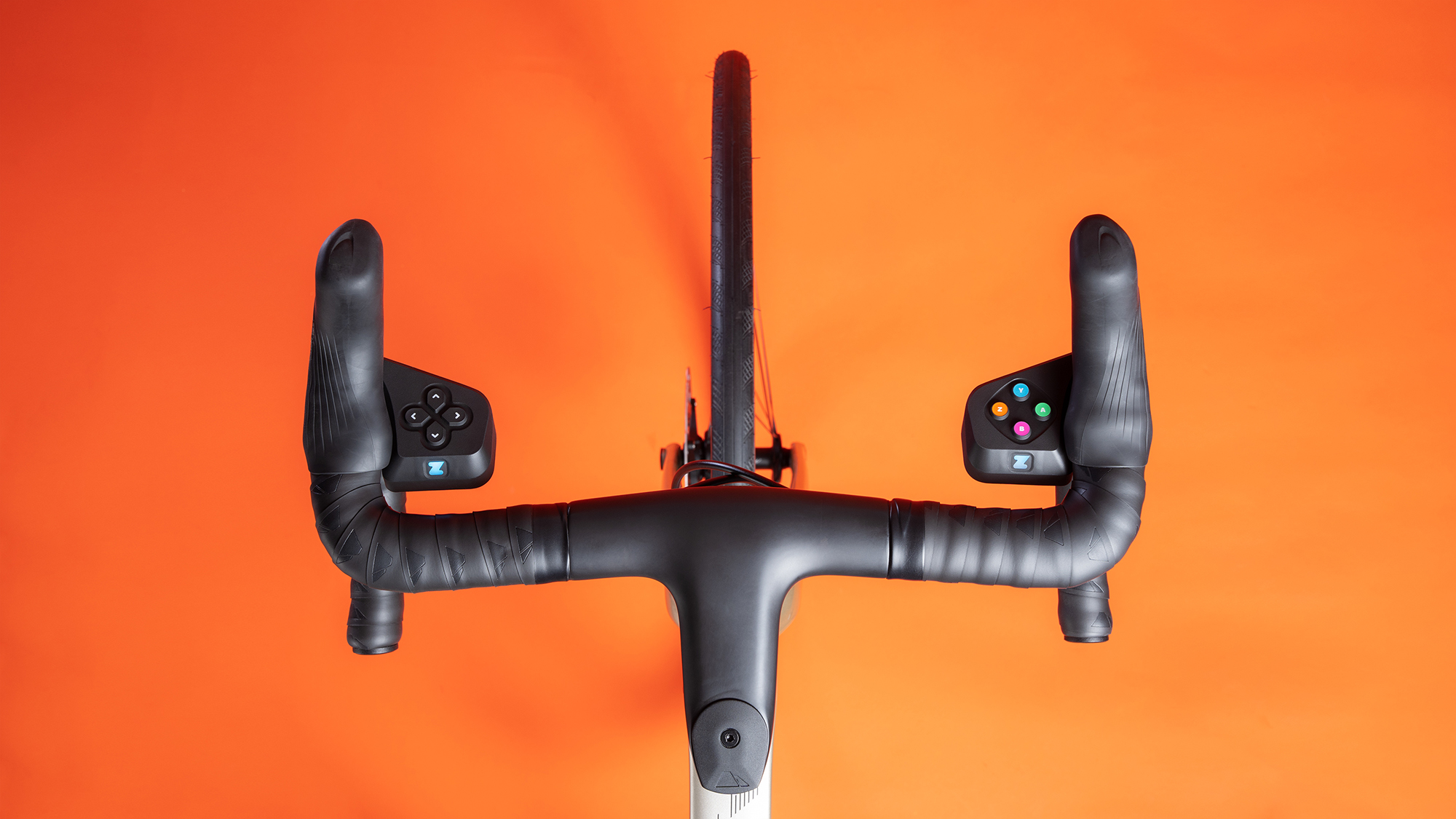
More hardware
Actually, hardware changes are minimal. The Zwift Play steering controller continues to be on sale in the US, UK, and the EU, at Zwift.com. There will be some new gamified beta courses rolling but pricing also remains unchanged at $99.99 / £99.99 / €99.99 during what Zwift says is still a beta period.
On the Zwift Hub front, the product is now safe. Wahoo and Zwift have settled the patent infringement court case and the Zwift Hub continues to be available to consumers.
Looking to elevate your indoor training sessions? Explore our latest Zwift coupon codes and save on smart trainers and accessories.
Josh hails from the Pacific Northwest of the United States but would prefer riding through the desert than the rain. He will happily talk for hours about the minutiae of cycling tech but also has an understanding that most people just want things to work. He is a road cyclist at heart and doesn't care much if those roads are paved, dirt, or digital. Although he rarely races, if you ask him to ride from sunrise to sunset the answer will be yes.
Height: 5'9"
Weight: 140 lb.
Rides: Salsa Warbird, Cannondale CAAD9, Enve Melee, Look 795 Blade RS, Priority Continuum Onyx

